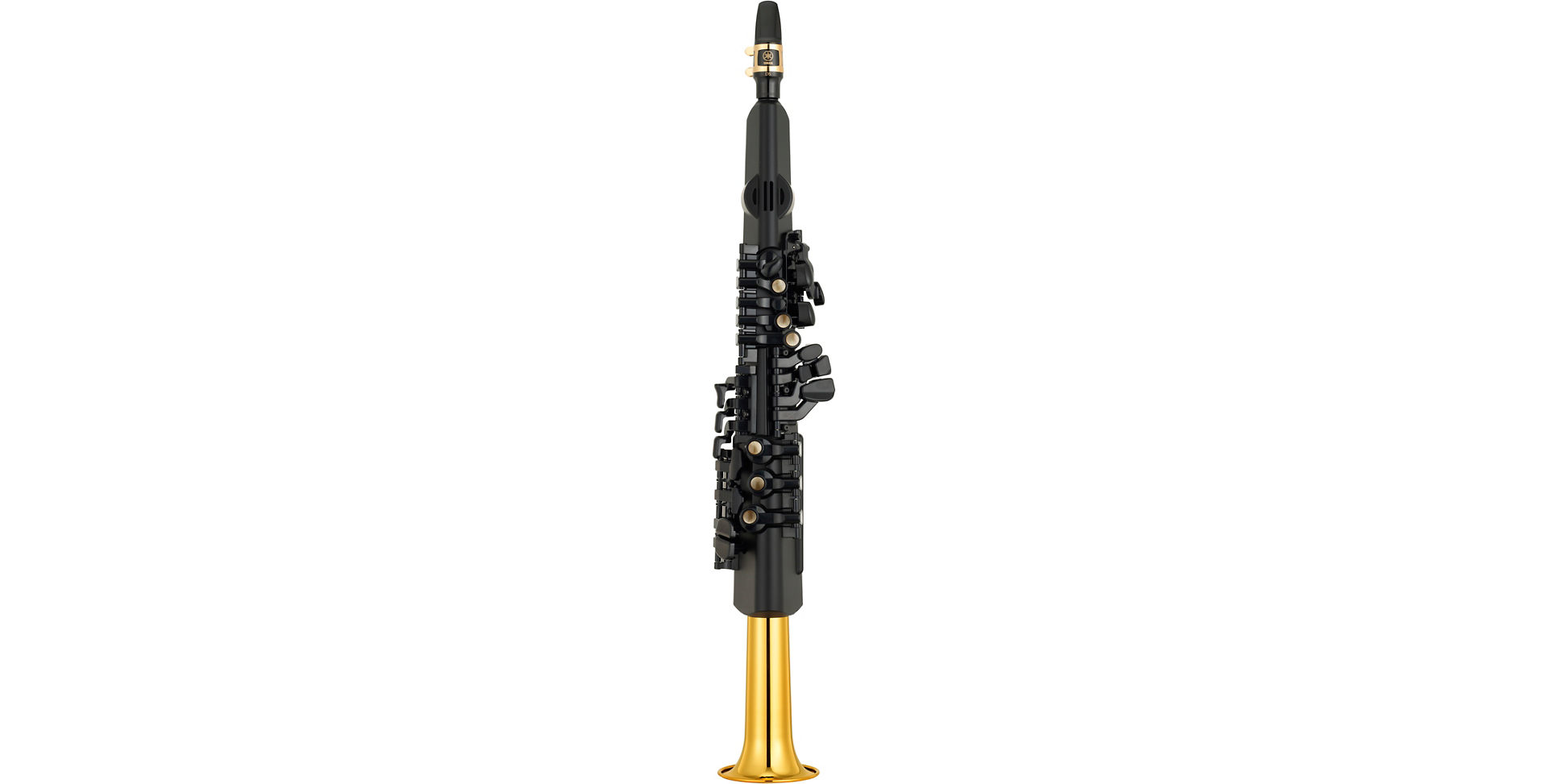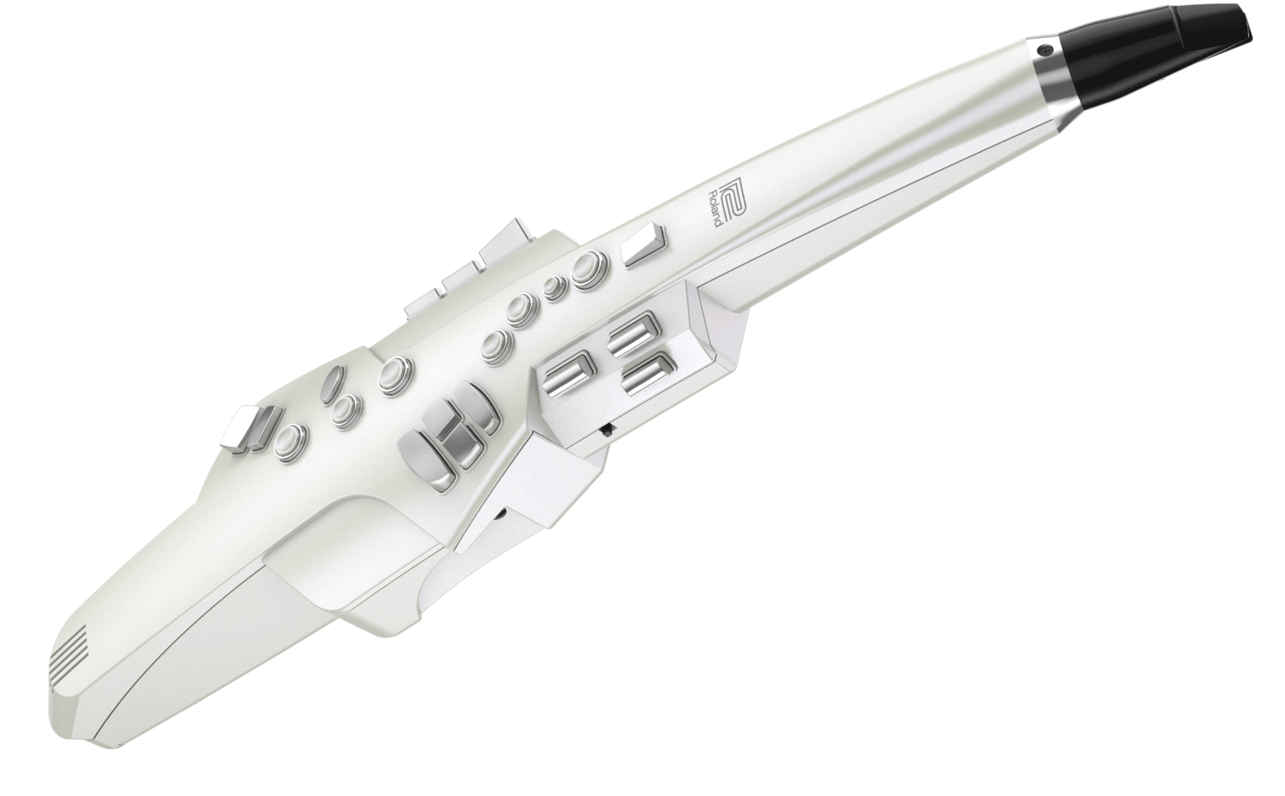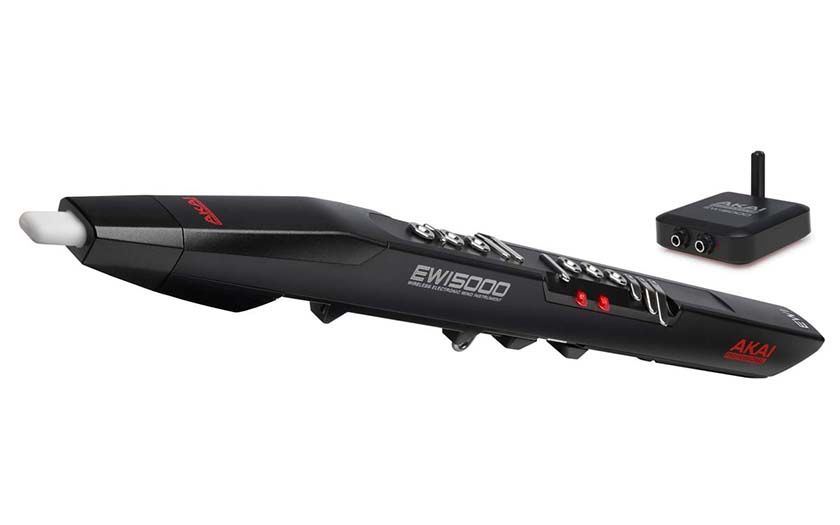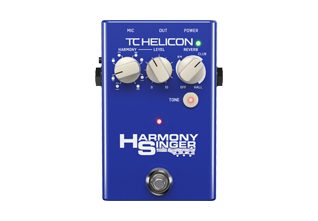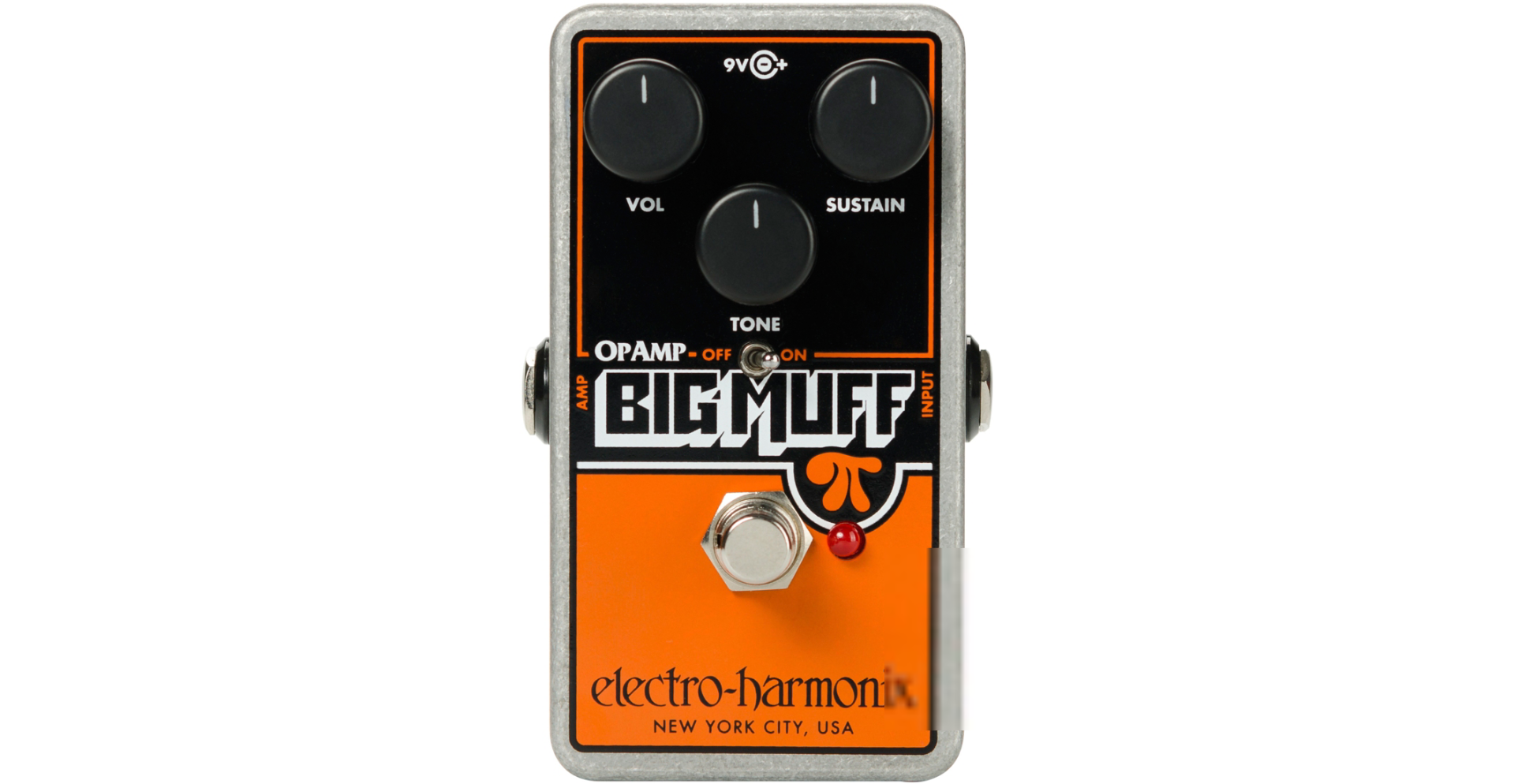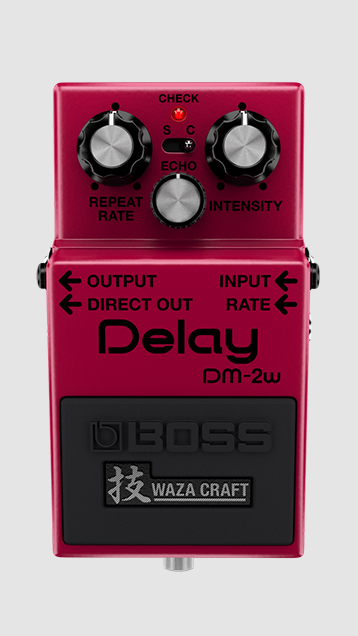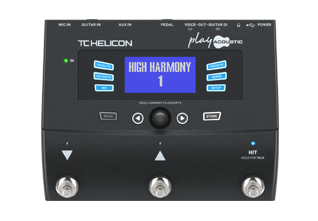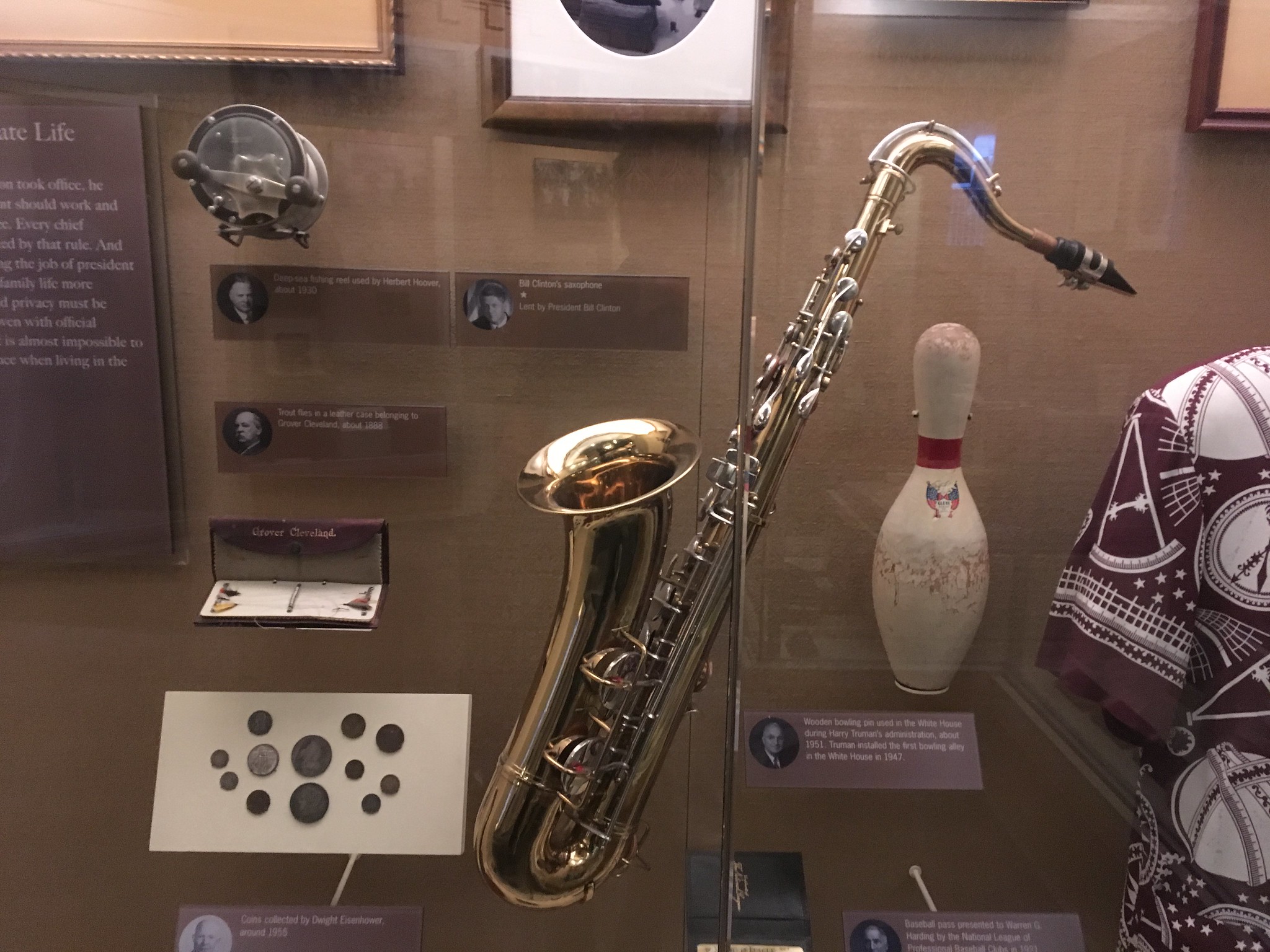Electrifying Sounds
Musicians and instrument makers of all types are always searching for ways to improve their sound, or at least keep it relevant in the trends of the contemporary styles. Saxophonists were by no means spared from this desire. In most of music history, this has been seen in changes and advancements slowly over time, with the rare revolutionary new design coming in and shaking things up.
With such relentless sonic exploration taking place, it should have come as no surprise that with such massive steps forward in electrical technology, this would quickly help to revolutionize not only the the music world in general, but also how saxophones could sound. By extension, these explosions in technological advances advanced how saxophones could be used within a band.
The first large scale option that saxophonists had to choose from were electrified saxes that relied on analog devices such as the Selmer Varitone.
Selmer Varitone
Analog devices like the Selmer Varitone, Hammond Condor, and the Conn Multi-Vider, were the first saxophone-specific FX units on the market and were quite bulky considering how limited that they were. Coming out of the 1970s, the Varitone was able to alter echo, tremolo, and sub-octave sounds, allowing for various octaves, harmonies, and even distortion to be formed if programmed properly.
In analog media, data is converted into electric pulses of differing amplitude. This can be represented as a continuous wave on a graph. In digital media, by contrast, that same data is converted into discrete pulses which are called bits, and only exist as two different amplitudes represented in binary format (either zero or one).
The main reason why horn players would often choose to bring these with them on their rock or fusion gigs is for the low amounts of feedback in these much louder settings and bands. The issue of feedback was extremely important for the sax player of the day as the popular bands of the day were typically much louder than bands in the past due to the addition of electric basses, guitars, and keyboards.
The Varitone style of FX devices relied on embedding a pickup in either the mouthpiece or neck of the saxophone. This was done by drilling a hole in the chosen location in which the pickup could be permanently installed.
This was obviously not the ideal solution, as most musicians aren’t clamoring to get holes drilled into their expensive instruments.
Another hurdle to be jumped was the high price tag for these units. Each Varitone was sold with an already altered Mark VI along with the actual device, bringing the price up to a little over $1,300, a quite significant amount to pay just to add some general sound FX to your repertoire. And while these FX tools were good at what they did, they were still quite limited in their degree of sound alteration.
In this song, we can hear that Sonny is largely using his Varitone solely to produce a lower octave while he plays in his normal (and beautiful) style.
Electronic Wind Instruments
The 1970s came and went, and with it so too did the Selmer Varitone and its various copycats. The desire for new and interesting sounds to be added to the jazz repertoire, however, was still alive and well. In fact, by the early 1980s, the invention of midi was tearing its way through every reputable recording studio that could afford the new tech. Enter Nyle Steiner.
Steiner was a trumpet player who was playing with the Utah Symphony in the 1960s. However, he soon found his interests diverging from playing his trumpet to developing an entirely new electric-based instrument that would give brass and woodwind players the same flexibility in their sound as electric organ and keyboards without the need to learn an entirely new instrument. This device would be known as an EWI.
Short for Electronic Wind Instrument, Steiner began developing his EWIs in the 60s and prototyping in the early 70s. By 1975, he had finished his first playable version and began to sell them shortly after his move to California. These instruments worked like synth keyboards, various predetermined sounds would be played when certain buttons were depressed, with the added ability to modulate the sound via a mouthpiece and were set up to imitate both clarinet and saxophone finger placements.
Gone were the days of drilling holes in your saxophone in order to get a simple harmony. With Steiner’s EWIs, not only could you play multi-part harmonies, but you could also instantaneously switch multiple octaves or even the MIDI sounds entirely. A great example of the flexibility of these instruments is Michael Brecker’s extensive usage of the EWI during the later years of his career.
During this almost 10-minute solo, you can hear countless different sounds, from electric guitar, clarinet, drums, and even Arabic-style vocals.
While this video is amazing, the more amazing part is when you realize that today’s modern EWI’s have even bigger sound banks, and tons more customization built right into the device for easy sound development.
For example, the Akai EWI 5000 has 100+ sounds that you can choose from right out of the box and its competitor the Roland Aerophone comes with 128.
While these devices will never replace the sound of a real saxophone or any other real-life version of whatever MIDI sound the musician is playing on their EWI, it makes it incredibly easy for said musician to fill the spot of multiple musicians and act as both a soloist and melody player, but also occupy a support role if necessary.
Stompboxes
For the saxophone player who isn’t interested in a fully digital device like the EWI but still wants to add some new sounds and effects at their fingertips, the best route to go would be to forgo finding old-school Varitones and instead run your microphone(s) through some stompboxes.
Ben Wendel is the current pedal guru when it comes to the saxophone and for good reason!
Stompboxes have been used by guitarists for years to great success, and are kind of a no-brainer if you still want analog-style FX that mix well with the sound of the saxophone. The only downside with this option being the immense amount of gear that you have to sift through to find a suitable stompbox (or likely stompboxes) for your needs.
Luckily for our readers, we’ve put together a quick list of the best FX boxes for beginning saxophone pedal users!
For someone looking for the ability to have harmonies play along with them:
For some aggressive fuzz/distortion effects:
Want some wicked delay/echo??
If you don’t want to lug around multiple pedals and would like one solid unit that can do the basics of everything and can even handle looping?
In Summary
The idea to electrify the saxophone had been around since the 60s and it didn’t take long for multiple options to show themselves on the market.
While the Varitone and similar devices allowed for the best feedback management, the more lasting and ultimately more useful option for saxophonists looking for sound manipulation at a reasonable cost, are stompboxes (pedals). If you’re someone who isn’t worried about keeping the authentic sax sound, then buying an EWI might be the way to go. While it’s an entirely different instrument, due to the similar fingering setup, it shouldn’t be too hard to pick up. This instrument also can give you access to hundreds of amazing sounding MIDI sounds to use both in recordings and during live shows, so if you aren’t shy about digging deeper into your tech and sound creation skills, these instruments can be immensely rewarding.
At the end of the day, both stompboxes and EWIs are just another means to an end in our exploration into the musical soundscape, so make sure to have fun!

